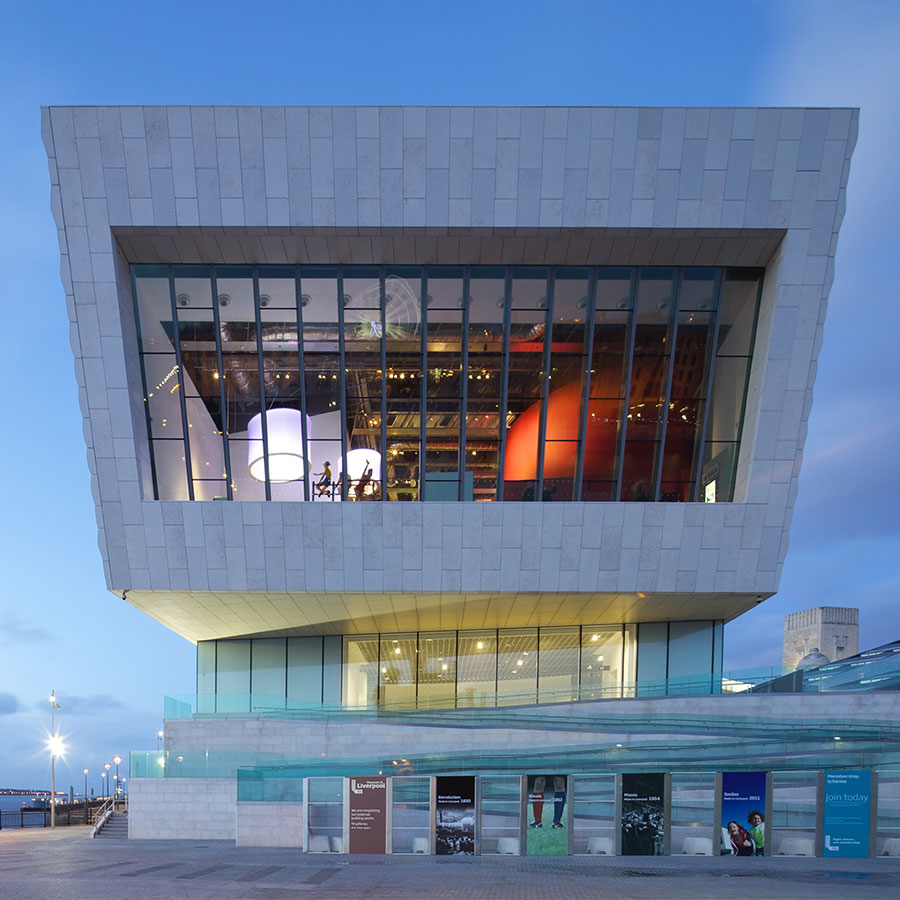More and more South Africansare taking advantage of the favourable rand/sterling exchange rate by using their annual discretionary allowances to move money offshore. Many people are looking at investing in UK real estate on the back of flat-lining property prices that have been affected by the uncertainty of Brexit and the sharp drop in overpriced properties in London. Savvy investors recognise this opportunity as the perfect time to buy before property prices once again start an inevitable upward cycle.
Also, because of the R1 million allowance, entry-level property is extremely attractive to South Africans. Besides the price, these affordable properties are easily protected from price drops, which affect the higher-end properties above £350 000. The buyers’ risk is reduced further at this lower price as cash exposure is less and rental yields are higher.
Added to this, affordable properties can offer the investor a double return. One is the obvious rental yield, but the second is long-term capital growth. If these properties are relatively inexpensive, and are situated in the right areas, they will only increase in value.
“The low cash returns people are earning from UK banks has caused many people to seek alternative avenues of return,” says Craig Illman, a director of Propwealth, which has specialised in entry-level property in the UK for over 10 years.
“Cash purchased properties from £40 000 to £60 000 are very attractive currently as they are offering excellent rental returns. But always remember to follow the appropriate process when buying, as you can be caught out both at point of purchase and if you renovate.”
Propwealth shares a simple checklist to follow when deciding to invest in a particular property:
1. Price
Entry-level properties should deliver minimum gross yields of 9%, with net yields of 6% to 7% after all deductions like management fees and running costs. There are many properties on the market from £30 000 upwards, but location and structural issues can cause major problems.
2. Area
Buy only in areas that promise some form of regeneration, be it new transport facilities, employment opportunities or infrastructure upgrades. These will all help with capital growth in the medium to long term, and naturally grow the tenant base as more jobs and lifestyle elements are introduced. Once regeneration starts in the UK cities, there is no turning back. The secret is to recognise this before everyone else does.
3. Renovation
Be wary of buying a property prior to renovation, and of trying to do it yourself, especially long distance. In the UK many properties require substantial upgrading and council planning, and this can be extremely cash draining. Many buildings are Edwardian or Victorian and can harbour many hidden surprises. Furthermore, many builders will be aware of long-distance investors, and charge accordingly. It is far better and simpler to buy already upgraded investments.
4. Tenanting
Your tenant will either be a Local Housing Authority tenant or a blue-collar worker. If you offer them a suitable and comfortable property they tend to stay for a long period of time. Make sure that there is a strong and growing tenant base, which there will naturally be in regenerating neighbourhoods.
5. Property management
Make sure to have professional rental management in place. Budget 10% for this when running your income estimates. Put your trust in the professionals – get to know them personally, as they become the most important link in looking after your properties.
6. Exit
Never forget your exit strategy. Property is not as liquid as other asset classes, and you need to know how to exit, if required. Thankfully, although it will take time, there are many UK-based investors who are looking for properties with a track record of yields. Obviously it is best to never sell, especially if you are enjoying good cash flows, which only increase as the rentals go up over time and the property settles.
Very important
Illman says any investment you choose to buy should meet all six criteria above. Each point is as important as the other, and one weak element can cause the investment not to meet the level required to make it viable.
An investment case study – Liscard House in Wirral
This is a typical entry-level property development that is being offered by Propwealth. The company specialises in this type of property investment in regeneration zones. Liverpool City is undergoing massive upgrading, and offers those looking for long-term steady cash-flow properties a great opportunity.
Liscard House – the investment process
1. Price – Units in Liscard House are priced from £48 000 with expected net yields of 6% to 7%, and increasing from there.
2. Area – Situated on The Wirral, west of the Mersey, in Liverpool. It is five minutes from the multibillion-pound regeneration zone of Wirral Waters, a 30-year programme attracting thousands of new jobs, businesses and homes.
3. Renovation – This is a fully-upgraded Victorian property consisting of three studios and one 1-bed. White goods are supplied and the flats are fully compliant to meet the new fire and safety standards.
4. Tenants – These will initially be blue-collar workers, but investors can expect this to change once the Wirral Waters development begins.
5. Management – The properties are fully managed by a local property agency with a strong track record.
6. Exit – Capital growth and higher yields will make this property attractive to buy-to-let investors and first-time buyers in the future
Illman says taking this into consideration, Liscard House meets the checklist above, and over time should deliver a very strong return.
Anthony Doyle and Craig Illman from Propwealth will be in Johannesburgon 7 August, in Durbanon 8 August and in Cape Townon 15 August. They have similar properties in Liverpool, Manchester and London. You can book a consultation via email.


